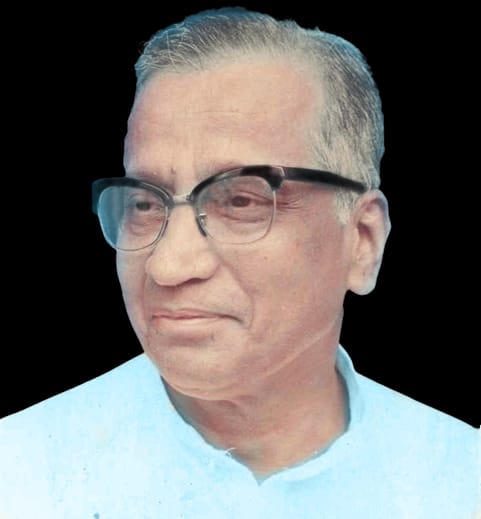Who Are the Urban Poor? An Inquiry into the Identification of Urban Poor
Mudassar Mahamad Jamadar
Abstract
The increasing urbanisation of poverty has raised serious concerns in recent times. However, historically, governing agencies have neglected the development of identification mechanisms to locate the urban poor. Similarly, academia has misrepresented urban poverty by limiting their research scope to slum areas. This study intends to enhance the current process in the Indian setting to bridge the gap in recognising the urban poor. The Hashim Committee (2012) recommendations have been critically analysed to build a comprehensive identification mechanism. The critical review follows Pare’s typology, which includes identifying debates, determining scope, aggregating evidence, and developing an existing framework. The proposed mechanism also has three stages of inquiry, namely i. Automatic exclusion ii. Automatic inclusion, and iii. Scoring index. The study addresses contemporary and representative conditions of urban poverty with a special focus on residential, social, and occupational vulnerability. New developments have been supported by empirical evidence to maintain methodological robustness. The study concludes that poverty has multiple dimensions and addressing all those aspects is not feasible practically. The present study can be considered a starting point in discussing identification issues of urban poverty.

